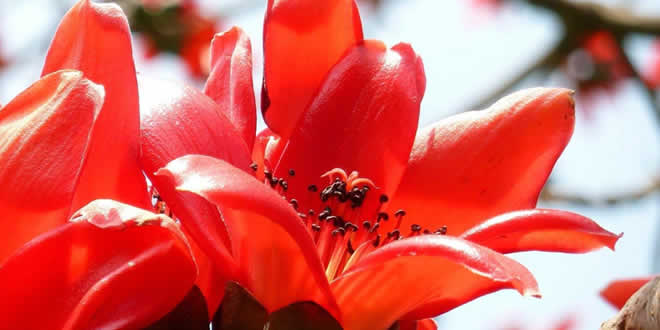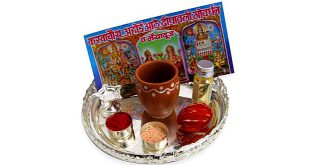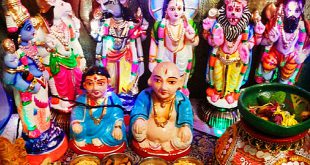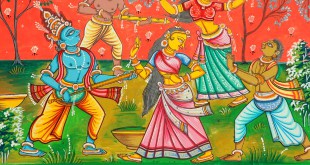In the past, people used to make Holi colors from which flower? Holi colors were prepared at home, using the flowers from the tree called Palash / Dhak / Tesu or flame of the forest. The flaming red flowers were dried in the sun, ground into a fine powder and then mixed in water to give the color of the setting sun. Unlike the chemical powders now used as Gulal, this lovely color was actually considered good for the skin.
In the past, people used to make Holi colors from which flower?
The splendorous and splendid orange of the tesu blossom of the Palash flower tree is the explanation behind its renowned sobriquet – the flame of the forest! Among numerous Palash tree uses, the tesu blossom is utilized to make colors for the celebration of Holi. The colorful festival marks the arrival of spring in the Hindu calendar a celebration for a new start, saying farewell to the old and getting ready for fresh starts. The event is commended by spreading the lively colors of spring among loved ones with pinkish-red powder from hibiscus and rose or gulal, yellow powder from marigold, saffron-shade powder from tesu, alongside colored water that individuals energetically sprinkle on one another. The affectionate play of colors is joined by dance and desserts along with Bhaang is served in different parts of India. People also exchange gifts with their dear ones on this special occasion.
The colors utilized during the celebration of Holi are separated from natural sources, for example, the tesu, marigold and hibiscus flowers just as blossoms of the Indian Coral tree. The Palash tree explicitly blooms around springtime, and its brilliant orange shades are a harbinger of the approaching change of climate. Many insects flock around the tree and are attracted to the orange shade of the blossoms, helping in fertilization of this tree species.
Generally, the flowers are delicately plucked from the trees where they sprout two or three days before Holi. The petals are then carefully taken from the stem and are dried in the sun. When they dry, the petals are crushed by hand to make a natural, rich paste of colour that can be additionally dried to make a powder or utilized as a wet colour.
The common hues obtained from tesu and other splendid flowers have many advantages for the skin and are not poisonous to the environment at all. Because of the lesser accessibility of these blossoming trees in urban cities and the less expensive manufacturing expenses of industrial colors – tesu has lost its value on Holi.
Many other trees like Palash trees across India are admired for their ability to give therapeutic products, colors, food, and eye-soothing views when they bloom, to people and other creatures as well. It is important that as a culture, we use such festivals as a chance to return to our underlying foundations, a large portion of which include tradition and ritual that carries us closer to nature.
We should turn to flowers used to make Holi colors and should use these organic Holi colors on the colorful festival. You can either buy Palash flowers online and can easily create colors at your home, or you can buy the organic colors of reputed brands. If you have access to Palash flowers, then boil them in water and leave them to soak overnight. You will get a rich orange colour that can further be diluted. So, make your own colors and enjoy the colorful festival with full joy and enthusiasm.
 Kids Portal For Parents India Kids Network
Kids Portal For Parents India Kids Network







